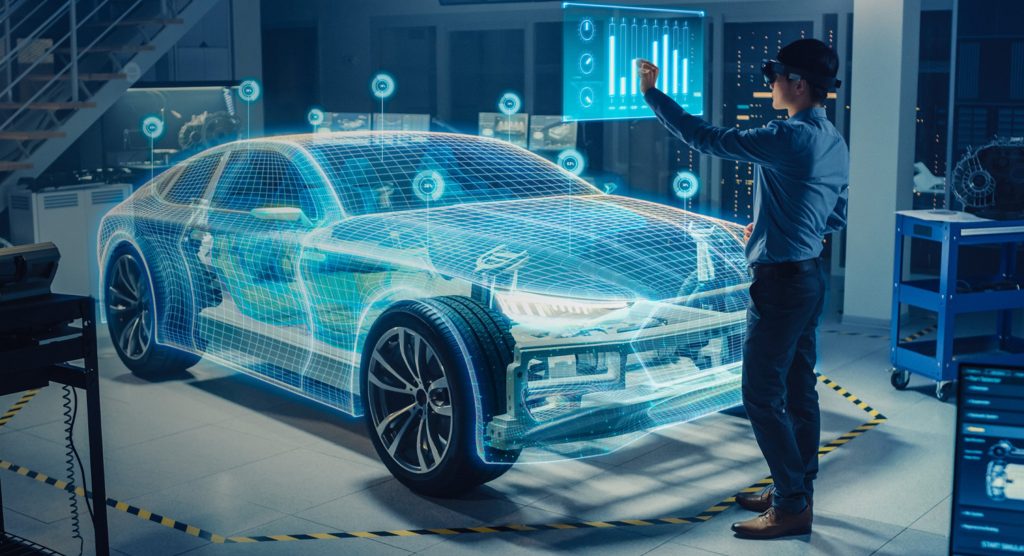
The automotive industry is undergoing a massive transformation as manufacturers and consumers embrace electric vehicles (EVs). Factors like climate concerns, governmental policies, and advancements in battery technology are driving this shift. Michael Shvartsman, a business and investment leader, sees the shift to EVs as both a challenge and a significant opportunity. “This transition isn’t simply about new technology; it’s about reshaping how we think about transportation and energy use,” Michael Shvartsman explains.
- Factors Behind the Transition to Electric Vehicles
One of the biggest reasons for this shift is the collective effort to reduce greenhouse gas emissions. Many governments are introducing policies and incentives to encourage EV adoption, ranging from subsidies for electric car buyers to establishing stricter emission standards for traditional vehicles. Additionally, advancements in battery efficiency have made EVs more attractive by:
- extending their range
- reducing charging time.
Michael Shvartsman believes these factors are interconnected. “Environmental concerns are one part, but it’s the combination of government initiatives and breakthroughs in technology that makes EVs feasible for mass adoption. This dynamic is changing the industry faster than ever,” he says.
- Impact on Traditional Automakers
For established automakers, transitioning to EVs requires significant investment in new technologies, manufacturing processes, and workforce training. This shift may seem daunting, especially for companies that have historically depended on internal combustion engines. However, many traditional brands are responding by either developing their own EVs or acquiring stakes in EV startups, ensuring they remain competitive in the emerging market.
Michael Shvartsman sees this shift as inevitable but emphasizes that adaptation will determine the survival of many companies. “Legacy automakers need to rethink their approach. Embracing EVs is not simply a choice; it’s necessary to stay relevant. Those who understand this and take the plunge are the ones who will thrive in this new era,” he explains.
- Challenges in Infrastructure and Production
While EV technology is advancing, one of the main obstacles is the lack of widespread charging infrastructure. For consumers, the limited availability of charging stations in some regions poses a challenge to adopting electric vehicles. Additionally, the production of EV batteries requires substantial resources and specialized materials, which can create supply chain bottlenecks and increase production costs.
Michael Shvartsman highlights these barriers as opportunities for innovation. “There’s a real need to improve charging accessibility and streamline battery production. This opens doors for industries beyond automakers, from tech companies to local governments, to get involved in making EVs a practical option for everyone,” he notes.
- The Role of New EV Startups
While traditional automakers are working to keep up with the shift, EV-specific startups are emerging with fresh ideas and business models. These companies, such as Tesla and Rivian, are designing vehicles that capitalize on the flexibility and efficiency of electric power, often gaining a competitive edge by focusing on innovation and speed. Their success has pressured established brands to accelerate their EV plans.
Michael Shvartsman sees this disruption as a sign of a healthy, competitive market. “New players bring energy and creativity. They’re driving established brands to think differently, to innovate. This competition benefits consumers and accelerates the entire industry’s move toward sustainability,” he says.
- Looking Forward
The shift to EVs will continue to evolve as battery technology advances, infrastructure improves, and consumer awareness grows. The road ahead is challenging, yet filled with opportunity, and it’s clear that the automotive industry will look very different in the coming years. As Michael Shvartsman puts it, “We’re witnessing a new phase of automotive innovation. For consumers, businesses, and the environment, the benefits are tremendous. But it’s up to industry leaders, governments, and innovators to keep the momentum going.”

